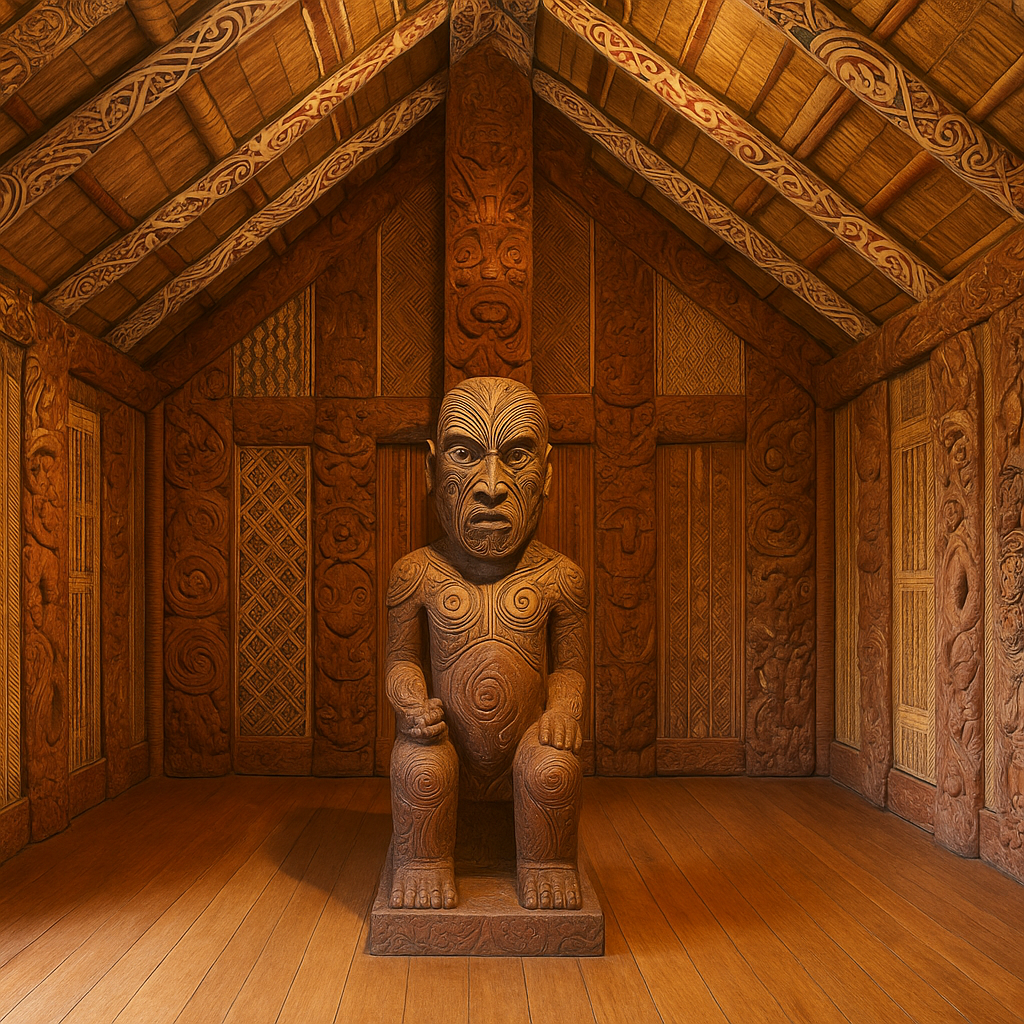Throughout China's 5,000-year history, antiques have always held a crucial position as witnesses of history…

Imperfection and Impermanence in Japanese Wabi-Sabi Aesthetics

In today’s world, the pursuit of perfection and eternity seems to have become a universal value. We yearn for everlasting youth, exquisitely symmetrical architecture, and impeccable order. However, in traditional Japanese aesthetics, there is a completely different aesthetic concept: it celebrates cracks and decay, and appreciates the beauty of imperfection, incompleteness, and transience. This is the core of the aesthetic of “Wabi-Sabi.”

The word “wabi-lonely” comes from two Chinese characters: “wabi” and “lonely”. “Wabi” originally connotes loneliness and poverty, while “sabi” suggests silence and desolation. At first glance, both words seem to carry a negative sentiment. However, over the long history of Japanese culture, they have evolved into an aesthetic sensibility that transcends materiality—an appreciation of simplicity, solitude, and the natural decay of things. Wabi-sabi is not a style that can be easily defined, but rather a feeling, an attitude, and a profound understanding of the passage of time and the essence of life. It emphasizes three key words: imperfect, incomplete, and impermanent.

In traditional Western aesthetics, symmetry, smoothness, and integrity are considered the hallmarks of beauty. However, in wabi-sabi, brokenness, mottled textures, and roughness become symbols of beauty. For example, Japan has a traditional technique for repairing ceramics called Kintsugi. When a tea bowl breaks, the craftsman does not attempt to conceal the cracks. Instead, they fill them with gold powder mixed with lacquer, making the cracks themselves part of the object. It is these cracks that make each piece unique, revealing the traces of time and the depth of history. The imperfection in wabi-sabi is a form of acceptance and respect for the natural state of things. It tells us: beauty does not need to be flawless, and flaws themselves are also a kind of charm.

Contemporary society overemphasizes efficiency, utilitarianism and “perfect personality”, and we often feel anxious, depressed and even lost. Wabi-sabi is precisely a kind of “slow” aesthetics. It reminds us that accepting our imperfections isn’t a weakness, but a sign of maturity; that we can appreciate the gentleness of time’s passage, rather than resist it; and that living in a simple and authentic way can lead to inner peace. In the globalized and fast-paced modern society, Wabi-Sabi may not become a mainstream aesthetic, but it undoubtedly provides a profound cultural perspective and spiritual comfort.

“The beauty of wabi-sabi lies not in perfection, but in acceptance; not in eternity, but in cherishing.” May we all find peace in the turbulent reality; discover unique beauty in imperfect life; and live authentically and gently in the impermanence of life.



